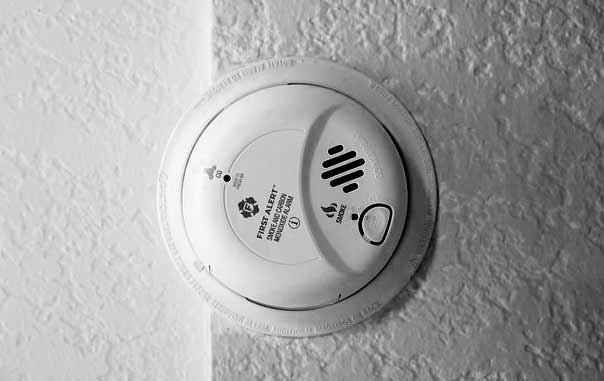Carbon monoxide is a toxic gas that is produced when fossil fuels burn. The gas is undetectable by humans because it has no color, odor, or taste.
Garages are more susceptible to carbon monoxide poisoning by their very nature and due to lack of ventilation. Operating vehicles with internal combustion engines and small gasoline-powered engines inside a closed garage can lead to elevated levels of carbon monoxide. Appliances that are stored in the garage such as heating and cooling systems, as well as washers and dryers that use natural gas can also cause CO levels to raise and poisoning.
According to the Centers for Disease Control, exposure to CO concentrations of 80 to 200 parts per million (ppm) for about an hour can cause symptoms such as fatigue, confusion, chest pain, headache, nausea, and mental impairment. Exposure to higher levels of about 700 ppm can result in serious damage to the nervous system, coma, and even death.
Preventing CO Poisoning in Your Garage
You can help prevent carbon monoxide poisoning in your garage by following the steps below:
- Install CO monitors inside the garage.
- Do not keep cars running and operate gas-powered engines inside the garage, especially with the garage door closed. if you must use gas-powered tools inside, limit usage times and open the garage door to ventilate the space.
- Do not burn wood or coal inside the garage.
- Weatherproof the garage and garage door. Install weather stripping and replace worn garage door seals to prevent CO leaks from outside sources. Seal air leaks in the garage walls or joists.
- Maintain appliances and equipment that use fossil fuels such as water heaters, dryers, and HVAC systems.
- Use ventilation systems in your garage and install vents on your garage doors.
- Clean the garage and garage door vents and remove debris on a regular basis.








